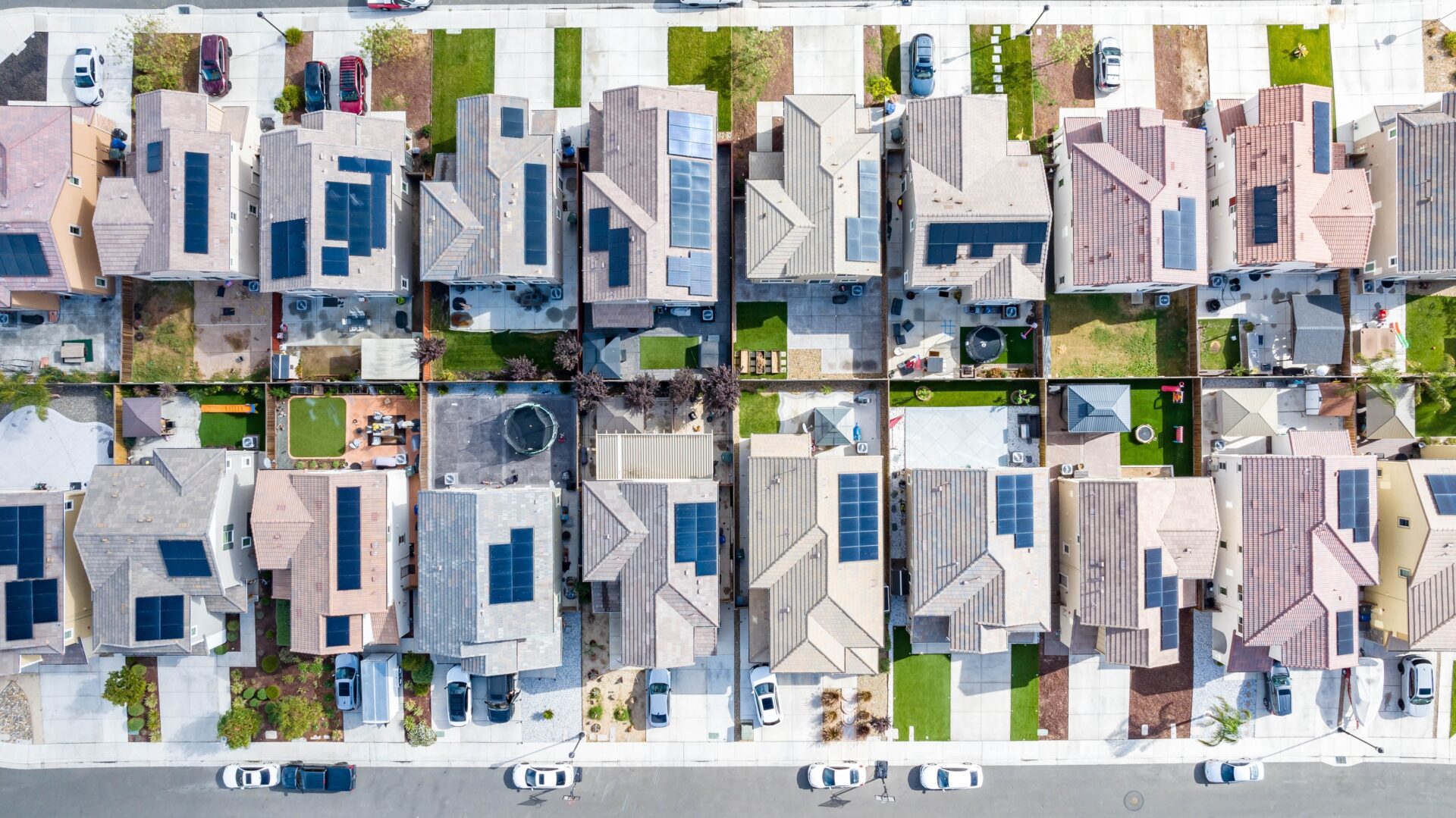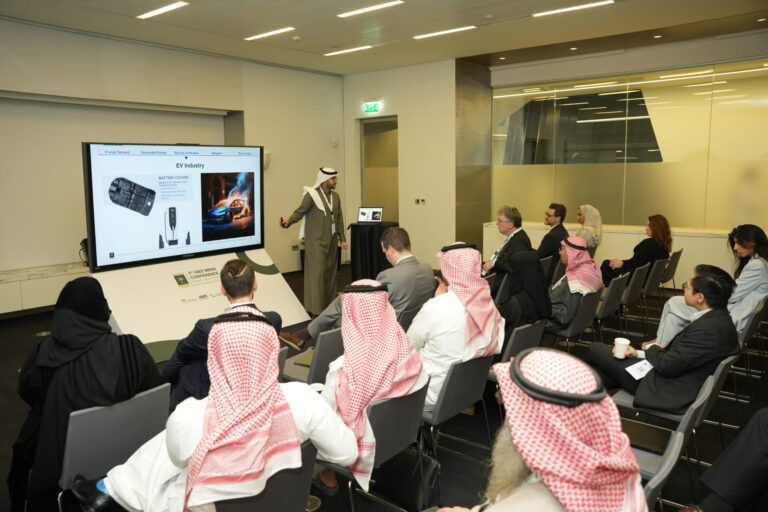The building sector is a crucial contributor to greenhouse gas emissions, responsible for about 26% of global energy-related CO2 emissions in 2022. Enhancing the energy performance of residential buildings to reduce energy demand is a cornerstone for policymakers in many countries.
However, despite the evidence of economic and environmental benefits of energy-efficiency investments, households in many countries have been slow to invest in energy-efficient technologies.
In a recent study, KAPSARC research fellow Fateh Belaïd and Camille Massié from Lille Catholic University investigate the behavioral obstacles to investing in energy efficiency in the French residential sector.
Belaïd says targeting the residential sector offers substantial low-cost potential for energy savings and reduction of related carbon gas emissions.
“Promoting and disseminating energy renovation on a massive scale would provide benefits, such as reducing energy poverty and local environmental impacts, reinforcing energy security and improving comfort,” says Belaïd.
The researchers developed a statistical model to investigate the determinants of energy renovation behavior, including the decision to renovate and the energy efficiency measure adopted. They applied this model to analyze data from a survey of 3,000 French homeowners that was conducted in 2018.
The survey identified the four most frequently stated barriers to energy efficiency investments as “satisfaction with the current state of the dwelling (65%), recency of the dwelling (24%), too high of a level of investment required (22%), and prioritization of investments (21%).”
Risk-related reasons (being insecure about the financial profitability of the project, the quality of work, or the revaluation of the value of the property) are identified as a barrier to energy efficiency investments in 25% of cases, the study found.
But while 71% of respondents were pessimistic about investing in energy efficiency, believing it to be a risky investment, environmentally conscious respondents were 75% more likely to undertake energy renovation measures, which highlights the importance of raising awareness and promoting environmental consciousness as a way to encourage energy efficiency investment.
In line with previous research, the analysis confirms that risk aversion decreases the likelihood of investing in energy efficiency measures. “Mitigating this risk aversion effect is crucial to make energy renovation economically attractive to reluctant households,” says Belaïd.
The authors suggest a number of policy tools to foster energy efficiency investments, including accurate energy labels; company labels or certificates to provide a quality guarantee; better support for households during installation; and more readily available subsidies and financial incentives to lower upfront costs, improve affordability and mitigate the risk of uncertainty.
Reference
Bélaïd, F. and Massié, C., Driving forward a low-carbon built environment: The impact of energy context and environmental concerns on building renovation. Energy Economics, 124, 106865, 2023. | Article




